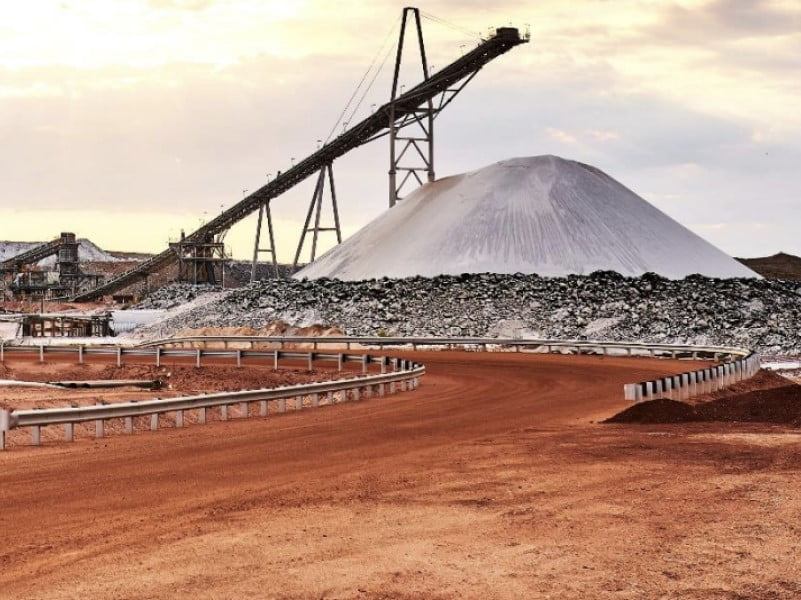
Minister for Resources and Northern Australia Madeleine King said the support for battery critical minerals production is an example of how NAIF-funded projects are contributing to reaching net-zero.
“The global path to net-zero runs through the Australian resources sector and producing battery materials is a vital contributor to a lower carbon economy,” she said.
“The NAIF has now made financing commitments of $3.87 billion to projects across Northern Australia, with around $1.9 billion of that in Western Australia. In total the projects across WA are forecast to support more than 6,380 jobs and deliver more than $17.4 billion in economic impact, which will be transformational.”
The funding from Export Finance Australia comes out of its commercial account and not from the Critical Minerals Loan facility on its national interest account. The NAIF loan will be delivered through the Western Australian government.
The Northern Australia Infrastructure Facility (NAIF) received a $2 billion boost in the October budget 2022-23.
In May, a $20 million Modern Manufacturing Initiative grant was awarded to Pilbara Minerals and industrial technology company Calix for a demonstration scale lithium salts production plant at the Pilgangoora site.
Previously, a $19.5 million NAIF loan for a public access road connecting the Pilgangoora mine to Port Hedland was withdrawn after Pilbara Minerals decided not to proceed with the project.
Australia produces around half of the world’s lithium, with 99 per cent of the nation’s lithium exports originating in Western Australia.
A lack of transparency has previously been highlighted at the NAIF. An investigation by The Guardian, published in January 2019, found that NAIF had the highest freedom of information request rejection rate of all government agencies between 2010-11 and 2017-18, at 99.4 per cent.
In October 2019, the previous federal government subsequently rejected most of the transparency improving recommendations made by a senate inquiry into the governance and operation of the NAIF, a year and a half after the report was tabled with them.
Reforms to the NAIF were eventually passed in May 2021 following a 2020 statutory review, however the changes focused on broadening the scope of loans and extended the agencies lifespan from the end of financial year 2020-21 to 2025-26 and did not include provisions to boost transparency.
Do you know more? Contact James Riley via Email.

